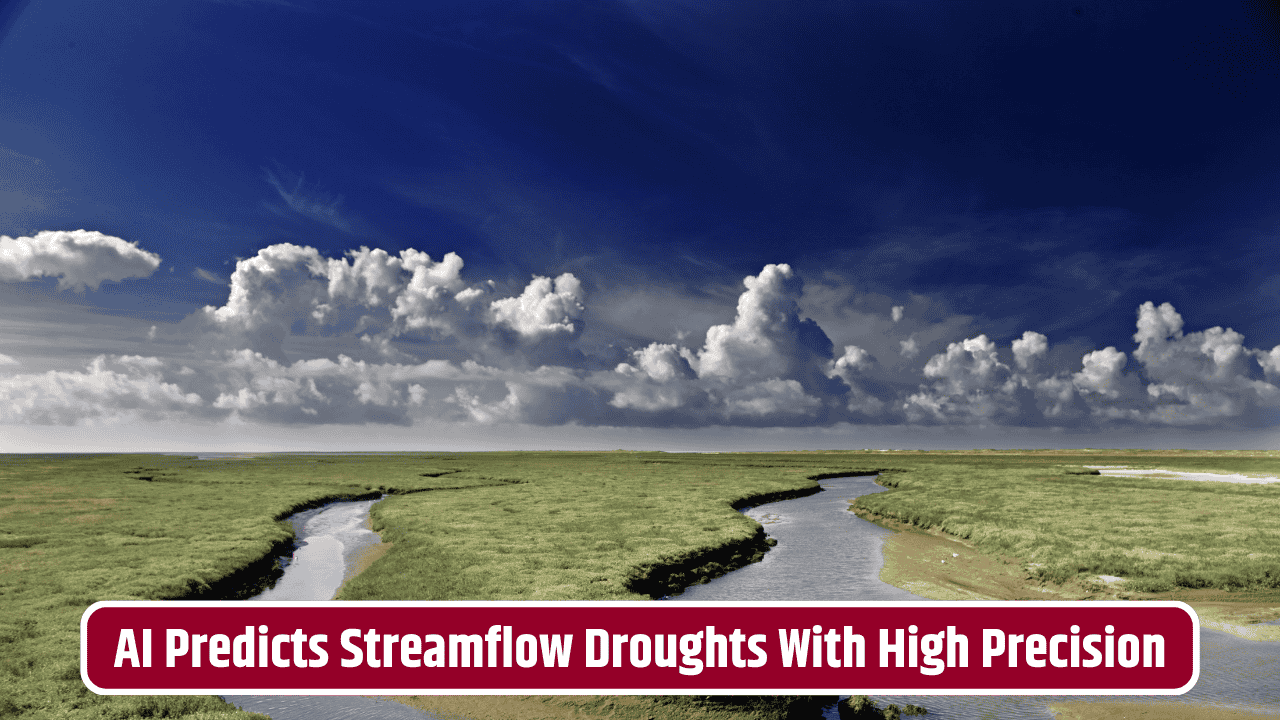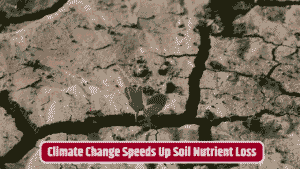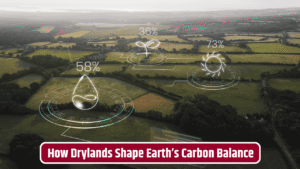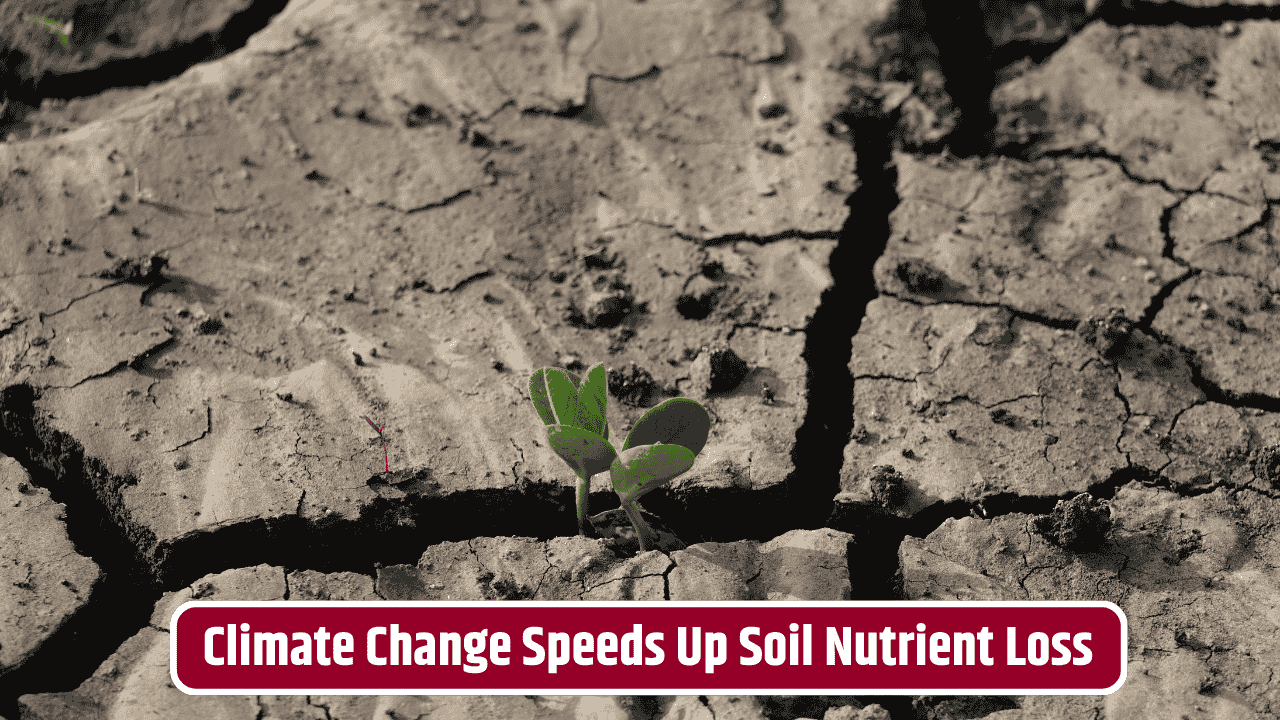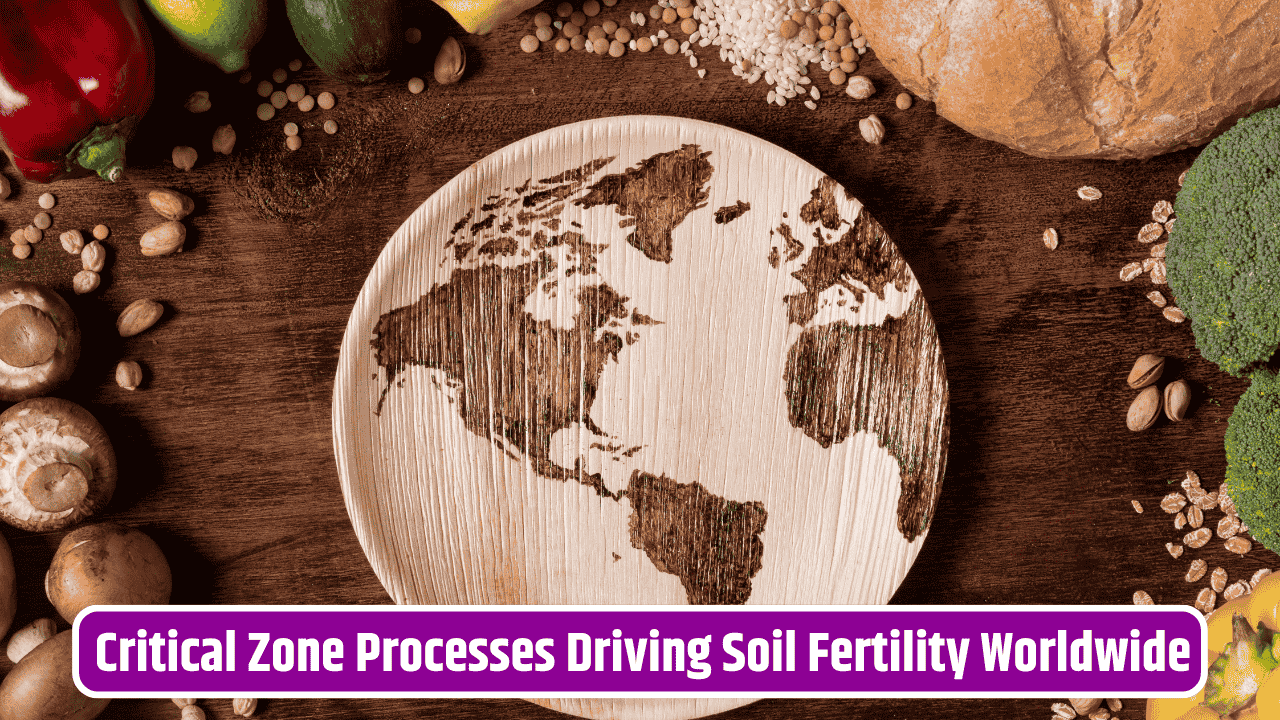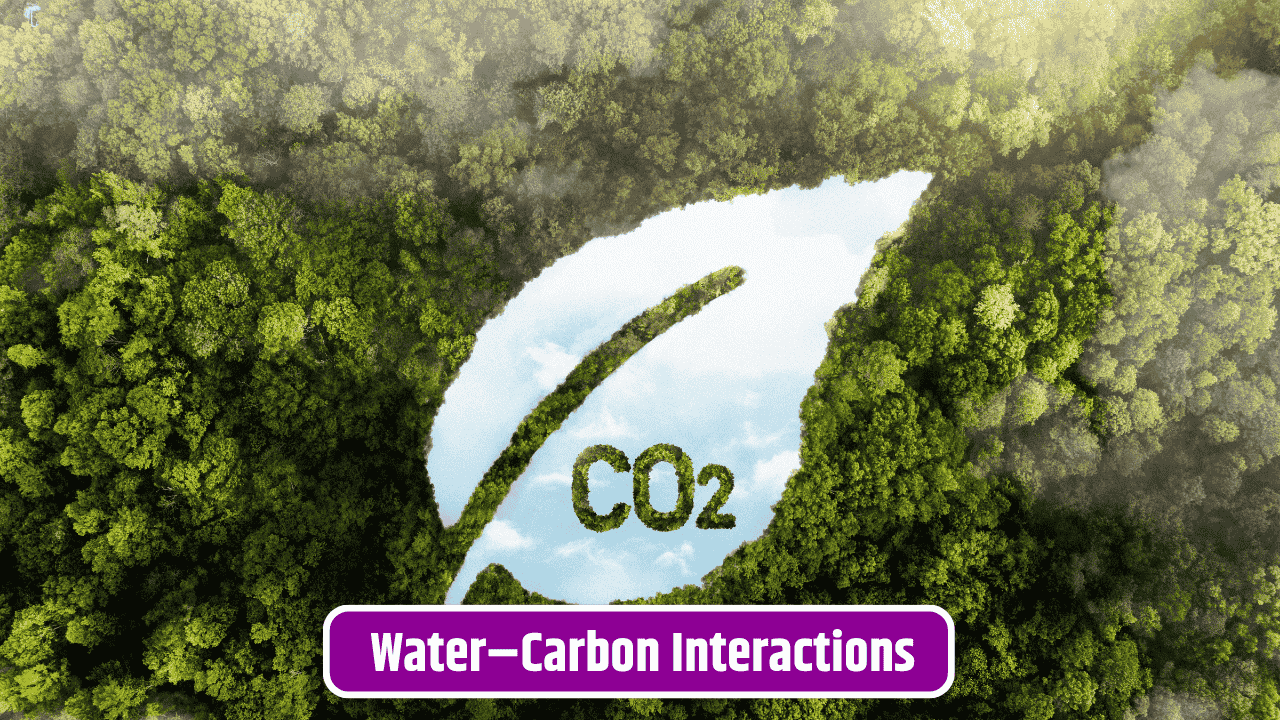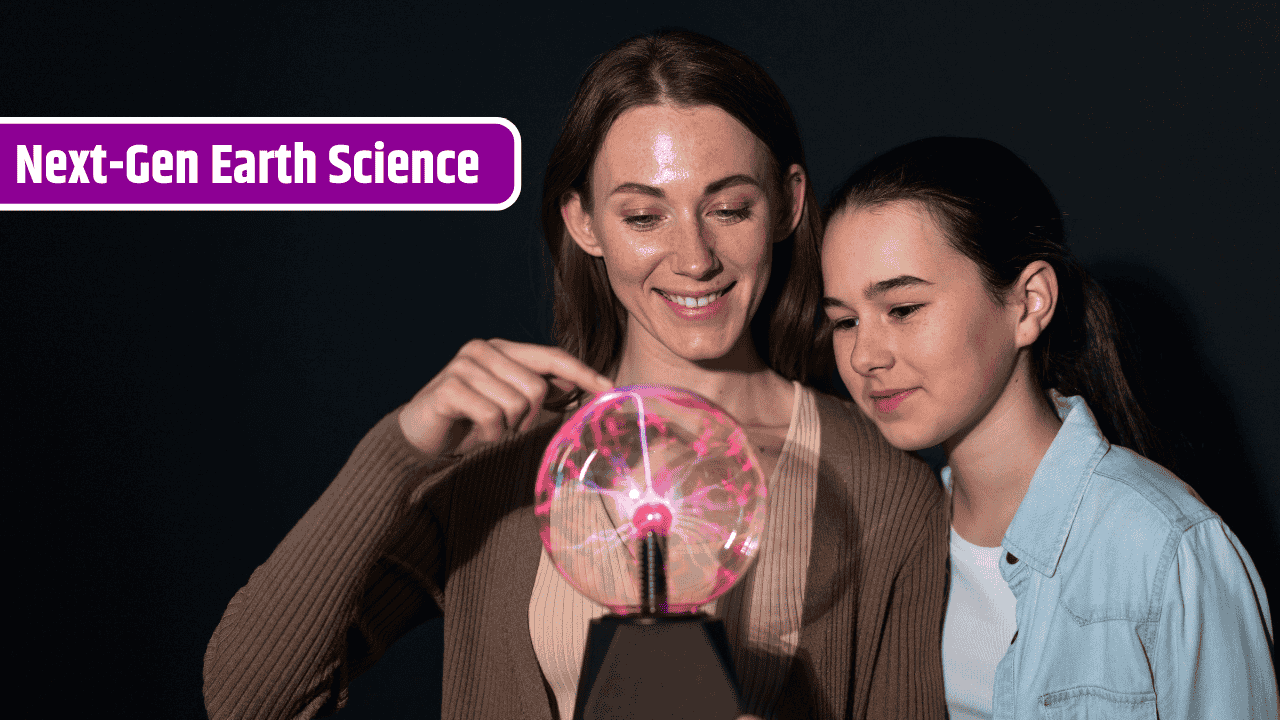Imagine if we could peek months ahead and know whether rivers will dry up or surge beyond their banks. That’s no longer just a scientist’s dream. With the rise of deep learning, researchers are now teaching computers to spot the subtle patterns in rainfall, soil moisture, temperature swings, and even satellite imagery—allowing them to forecast streamflow droughts with an accuracy that used to feel impossible. It’s like giving water managers a weather crystal ball, but powered by algorithms instead of folklore.
Table of Contents
Why Streamflow Forecasting Matters
Water might be the most underappreciated economic driver out there. Farmers need it for irrigation, hydropower stations rely on it to keep the lights on, and entire cities depend on steady flows to sustain life. But droughts don’t just creep in quietly—they can devastate crop yields, jack up food prices, strain electricity grids, and even disrupt shipping on rivers like the Mississippi.
Traditional hydrological models have been decent, but they often rely on simplified assumptions and limited datasets. Think of them as looking at the river through a keyhole. Deep learning, by contrast, opens the entire door. These models process vast streams of climate data, historical records, and even satellite observations in ways humans can’t keep up with, identifying nonlinear relationships between climate signals and river discharge.
How Deep Learning Improves Accuracy
Neural networks, particularly recurrent and convolutional ones, shine at pattern recognition. In streamflow prediction, that means recognizing how rainfall in one region might affect river discharge hundreds of miles away weeks later. According to the U.S. Geological Survey (USGS), new machine learning approaches are already outperforming legacy statistical models in certain basins.
Here’s a quick comparison of traditional vs. AI-driven methods:
| Approach | Data Inputs | Accuracy | Limitations |
|---|---|---|---|
| Traditional Hydrological Models | Rainfall, soil, evapotranspiration estimates | Moderate | Struggles with non-linear climate effects |
| Statistical Models | Historical streamflow, simple correlations | Low–Moderate | Weak in changing climate scenarios |
| Deep Learning Models | Multi-source data (rainfall, temperature, soil, satellite, ENSO signals) | High | Requires vast training datasets, black-box interpretability |
For example, research published in Nature Water highlighted how long short-term memory (LSTM) networks have significantly improved seasonal drought forecasting, helping water agencies plan ahead. Agencies like the National Oceanic and Atmospheric Administration (NOAA) and the USGS are now integrating machine learning into their water outlooks, bringing a mix of science and AI to the table.
The Real-World Payoff
Better drought prediction isn’t just a “nice to have”—it’s potentially life-changing. Imagine a farmer in Kansas deciding whether to plant water-intensive corn or switch to sorghum because of a forecasted dry season. Or a hydropower company adjusting its operations months in advance to avoid energy shortfalls. Even policymakers can use these forecasts to preemptively allocate water, preventing disputes between states or countries.
And then there’s the global angle. Countries like India, where monsoon timing dictates the fate of millions of farmers, stand to benefit massively from AI-driven forecasts. The Indian Ministry of Earth Sciences has already been experimenting with deep learning systems to supplement its traditional monsoon models.
The Catch: Data, Trust, and Climate Change
Of course, it’s not all rosy. Deep learning models need mountains of quality data, and many regions—especially in the developing world—simply don’t have long-term hydrological records. On top of that, these models are often criticized as “black boxes,” meaning water managers may struggle to explain why the AI predicts what it does. In critical situations, trust matters as much as accuracy.
Climate change also throws a wrench in the works. Historical data doesn’t always predict future conditions when rainfall patterns are shifting and extreme events are becoming more common. That means models must constantly adapt and retrain, or risk becoming outdated.
FAQs
What exactly is a streamflow drought?
It refers to a prolonged period when river or stream discharge drops significantly below average, often affecting ecosystems, agriculture, and water supply.
How is deep learning different from traditional drought models?
Traditional models rely on fixed equations and historical averages, while deep learning adapts dynamically, recognizing complex climate relationships.
Are these AI models already in use by governments?
Yes, organizations like NOAA and USGS in the U.S. are already testing them for operational forecasts, with pilot programs expanding globally.
Can farmers directly access these predictions?
In many regions, yes—through government drought outlooks, climate dashboards, and even smartphone apps that digest AI-based forecasts.
What’s the biggest limitation of deep learning in water forecasting?
Data availability. Without long, high-quality datasets, especially in developing nations, the models can’t perform at their best.

